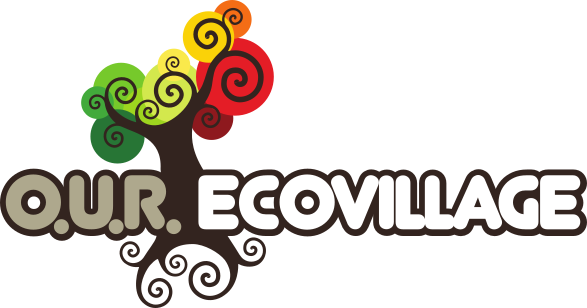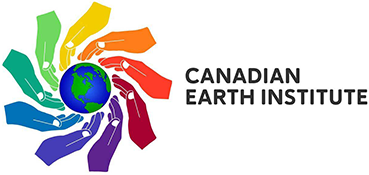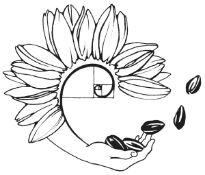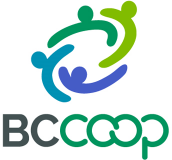OUR Permaculture
Interested in taking a course in Permaculture? Visit OUR Events page to see our current offerings.
“Permaculture is a branch of ecological design, ecological engineering, and environmental design that develops sustainable architecture and self-maintained agricultural systems modelled from natural ecosystems.[1][2] The term permaculture (as a systematic method) was first coined by Australians Bill Mollison and David Holmgren in 1978. The word permaculture originally referred to “permanent agriculture” but was expanded to stand also for “permanent culture,” as it was seen that social aspects were integral to a truly sustainable system inspired by Fukuoka natural farming philosophy.
“Permaculture is a philosophy of working with, rather than against nature; of protracted and thoughtful observation rather than protracted and thoughtless labor; and of looking at plants and animals in all their functions, rather than treating any area as a single product system.”-Bill Mollison” (via Wikipedia)
According to the Permaculture Institute, some of the concepts of permaculture include:
Food Forests, which are polyculture plantings that are carefully planned and managed, are designed to mimic the natural interactions and benefits found between plants and animals in natural environments. A related concept is that of the Guild, or group of plants, animals, insects, etc., which work together on and in the land. A simple example of this is the interactions apparent in a compost pile and between that compost pile and the plants it serves. At OUR, we have several acres dedicated to nuts, berries, fruit trees and more in our food forest. Bees and birds naturally interact with the plants spread around the land.
Poultry and Backyard animals, which are used for waste management, compost creation, and food production. As they forage, animals also help to keep plants and their areas healthy. At OUR heritage, chickens, sheep, hogs, ducks, goats, and turkeys are regularly part of our poultry and animal systems.
Rainwater collection helps preserve natural water cycles, is cleansed by plants, and helps preserve both naturally occurring and propagated plant life. Depending on the system, rainwater collection can also help irrigate during times of water shortage. Many of OUR buildings are outfitted with rain chains designed to help move rainwater from the roof to a catchment system. We also use rain-fed living roofs for insulation and water cleansing.
Other principles include designing for multiple functions, heritage seeds and animals, watershed restoration, natural building, and waste management.
Overall, OUR Ecovillage is a 25-acre demonstration site deeply committed to Permaculture design principles, both in terms of our land systems and how we interact with each other (social permaculture). We ‘close the loop’ wherever possible, integrating water catchment systems into our housing and building design, making full use of site placement to optimize passive solar gain in OUR buildings, and utilizing animal systems to limit kitchen waste, provide compost for OUR gardens, and contribute to our human food systems.
OUR commitment to permaculture onsite goes back to the first year the founders of OUR Ecovillage gained access to the land. Instead of immediately building, they spent an entire year observing the land in all its seasons, in doing so deepening their understanding of the way the land interacted with the wider environment around it at all times of the year. That foundation knowledge has allowed us to build our structures and systems in the locations most advantageous to the land and community.
We are proud to offer annual permaculture design certification courses and permaculture teacher training, and social permaculture courses (click on ‘education’ above to see what is currently scheduled). Additionally, all students and visitors at OUR are exposed to permaculture principles and design systems. OUR guest teachers often include Starhawk, Jude Hobbs, Charles Williams, and many more prominent leaders in the field.







